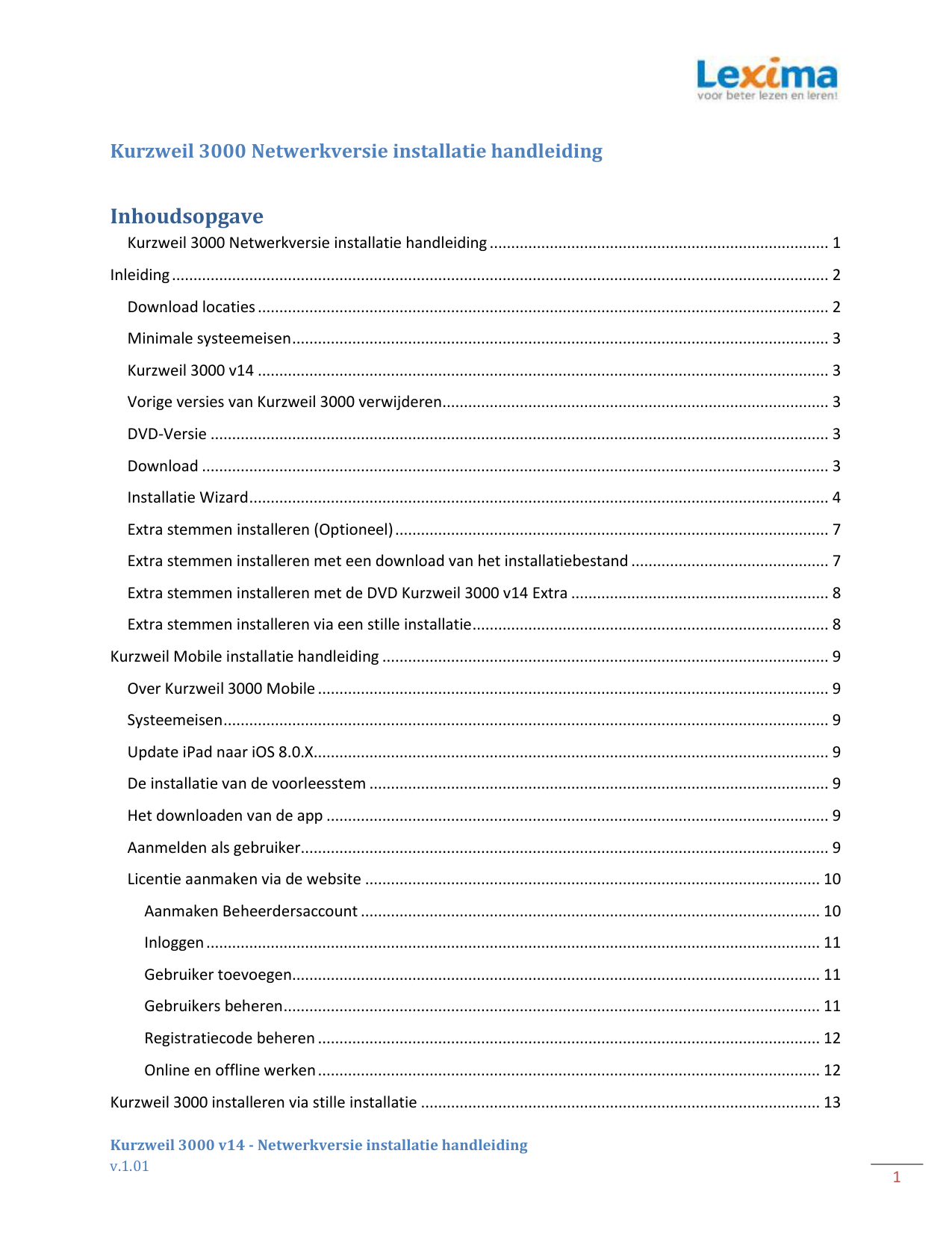
Developments in wireless technology have resulted in mobile devices with added features (Wi-Fi, email, mobile applications among others) which have encouraged educators and researchers to take a pedagogical view toward developing educational applications for mobile devices to promote teaching and learning (Wu et al., 2012) The general idea is that they are able to engage in educational activities without being tied to a physical location (Wu et al., 2012). Mobile learning occurs when students are able to take advantage of learning opportunities offered through the use of mobile technologies. Mobile learning is one of the current trends being adapted by administrators to accommodate these diverse learning needs, promote engagement and ultimately student retention (Wu et.al, 2012) The contemporary school environment is described as an interdisciplinary community of diverse learners, teachers and educational leaders who bring with them rich and multifaceted identities that encompass a variety of assumptions about the nature of learning and an overall view of the world (Dimitrov & Haque 2016). This has led to a demographic diversification of students as a result of rapid and continuing advancements in technology and the development of a globalized ‘knowledge economy’ (Thompson et al, 2017 ). In 2012, approximately 4.5 million people were enrolled in post-secondary institutions outside their own countries (OECD, 2014). Students in higher education are becoming increasingly mobile.

Keywords: audience response systems, mobile learning, mobile technologies, online polling tools, student engagement Introduction A case study within a major business faculty is presented to highlight the influence of these mobile technologies on curriculum decisions. These findings also have implications for a wide range of courses which attract large student enrollments including engineering, business, science and information technology (Calma et al., 2014). The findings presented demonstrate a positive effect of online polling tools on student engagement and retention and present a viable option for educators to enhance their practice.


A literature review has been presented along with limitations of the research and the practical application of an educational online polling tool which may be incorporated to enhance the curriculum. The purpose of this research is to explore the impact of online polling tools on student engagement in order to address some of these issues. Issues concerning declining student interests in classes along with expectations of interactive learning environments are currently prompting a paradigm shift in higher education (Preis, Kellar, & Crosby, 2011). Universities and other post-secondary institutions are striving to keep abreast of technological advancements through the provision of wireless connections, learning management systems, and by using SMS technology to enhance communication with students (Calma et al., 2014). 21 Exploring the Impact of In-Class Polling Tools on Student Engagement in Higher Education


 0 kommentar(er)
0 kommentar(er)
